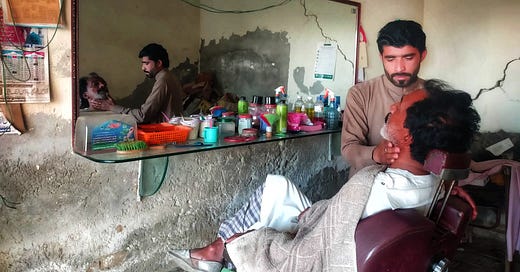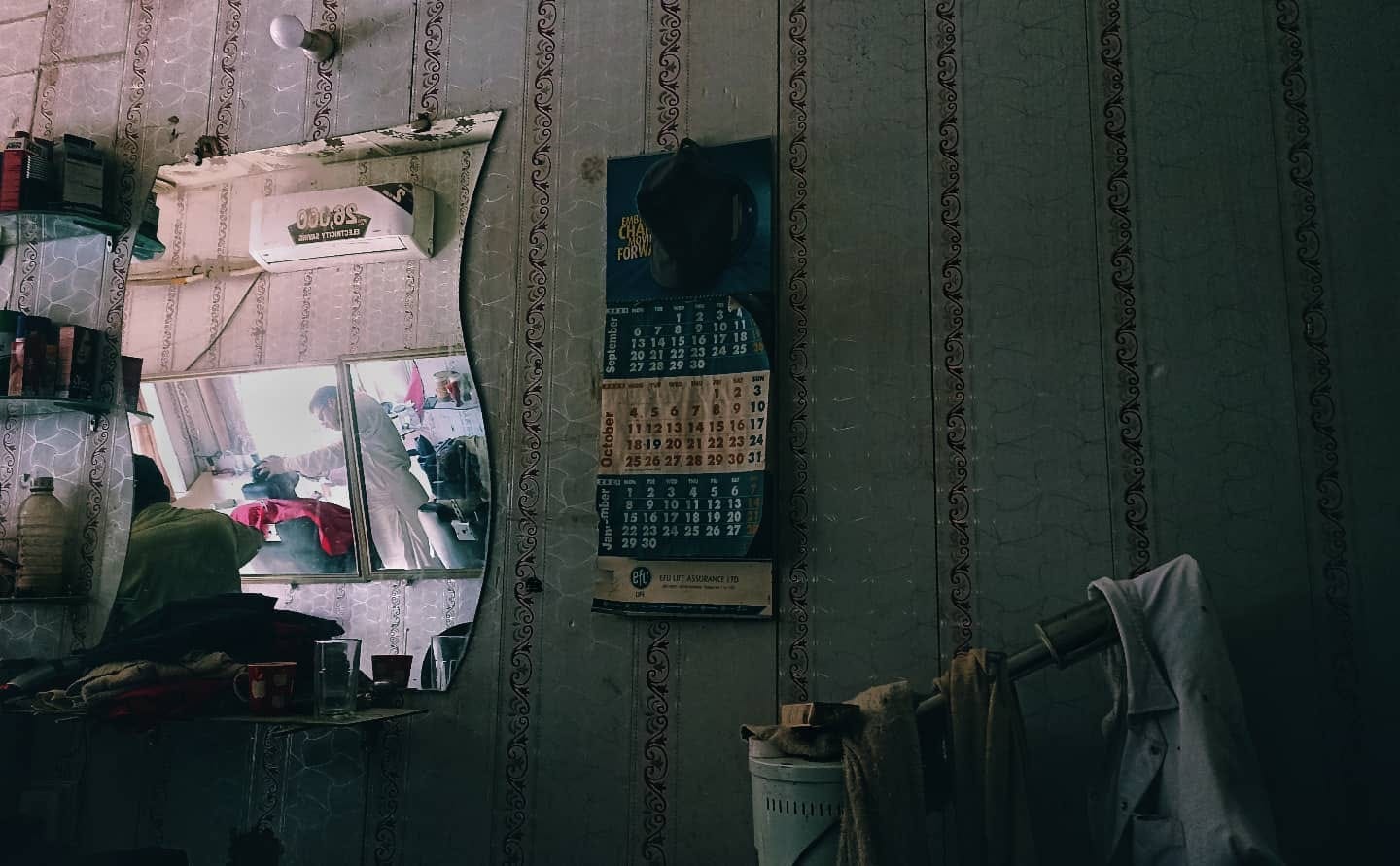Hairy Tales: The Social Significance of Barbers in South Punjab, Pakistan
Words by Muhammad Kamran Fiaz
Welcome to the Brown History Newsletter. If you’re enjoying this labour of love, please do consider becoming a paid subscriber. Your contribution would help pay the writers and illustrators and support this weekly publication. If you like to submit a writing piece, please send me a pitch by email at brownhistory1947@gmail.com. Check out our Shop and our Podcast. You can also follow us on Instagram and Twitter.
Hairy Tales: The Social Significance of Barbers in South Punjab, Pakistan by Muhammad Kamran Fiaz
As a child growing up in a small-town village near Muzaffargarh in Pakistan, there was nothing like the weekends. Sundays carried with it certain associations: attending Quran classes from the maulvi of the muhalla, playing cricket or volleyball after breakfast, and getting a haircut from the hajjam of the village (hajjam translates to barber in English and nai in the Saraiki language spoken in the South Punjab of Pakistan). In winters, taking a bath was added to the list.
Occupations are not just a means of sustenance but man's personal identity and role in social hierarchy. They have played different social roles in different societies throughout history by becoming a part of the collective memory and consciousness. Nai is one such occupation of Punjab. They are the harbingers of tradition and carriers of our tales. In the South Punjab region of Pakistan, these occupations are now people's attributes and their castes. Nais were usually connected with one family or zamindar in a particular area, cooking food and collecting charpoys from different houses in a village on large gatherings like deaths or weddings, and even matchmaking for the children of zamindars (landowners). They also used to go house to house to announce events of weddings, performing khitan (circumcision) ceremonies of male children of Muslim families.
Many childhood stories are associated with nai. It is said that once, on the occasion of the customary removal of his infant son's hair, called jhand utaarna, a zamindar endowed his family nai with a part of his land. With the acquisition of this land, the nai moved from his home across the river to our village. His predecessors have been farming or teaching the Quran to the village children. Some got education and got blue-collar jobs, some moved abroad.






